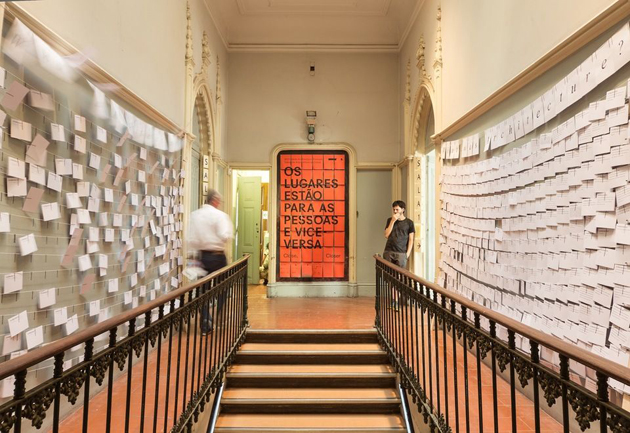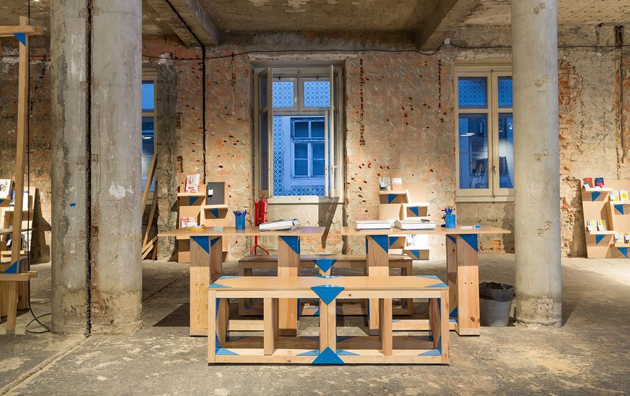If you are planning to visit the Lisbon Architecture Triennale in search for models, drawings and plans of buildings, this year, you’ll be in the wrong place. Titled “Close, Closer”, this year’s edition of the triennale curated by Beatrice Galilee with a team of international curators, has set itself a different goal. The official declaration of intents goes as follows: “Situating itself as an investigation into the expanding forms of contemporary architecture, and using the platform to position questions rather than presenting answers, “Close, Closer” presents five diverse poles of practice: Speculation, Intimacy, Dispersion, Agency and Pedagogy. Through a diverse, participation-driven programme, “Close, Closer” is considering the condition in which architecture is practiced and the way it is framed, expressed and understood today.”
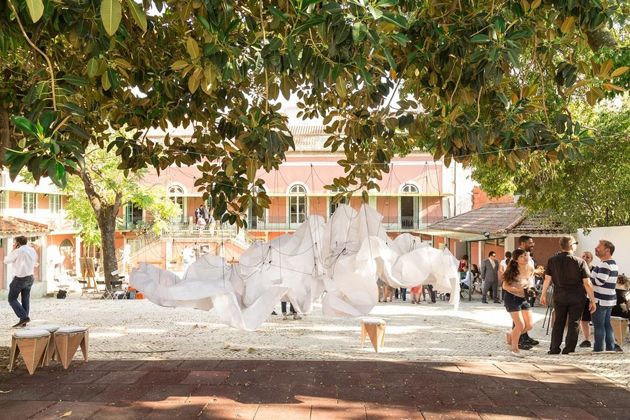
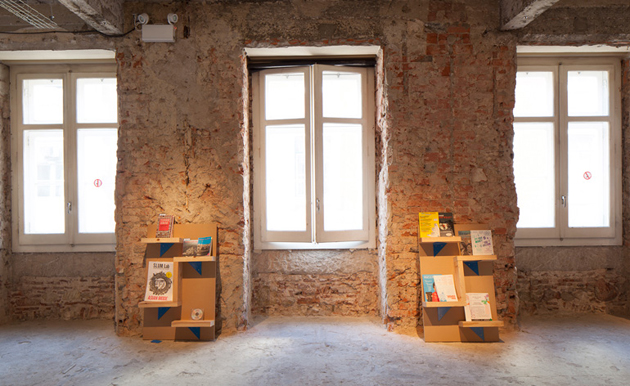
In fact, “Close, Closer” is articulated through four main events, each examining a particular aspect of architectural production in unexpected ways. First among these is the exhibition “The Real and Other Fictions” curated by Maria Pestana. Set in Pombal Palace, which used to host the Spanish Embassy, among others, this exhibition consists of a series of projects whose goal is to examine the history of the building that gathers them. On the other hand, “Future Perfect”, curated by Liam Young, uses science-fiction as a model to engage in critical investigation about possible future developments of architecture. In fact, “Future Perfect” is an exhibition set in a fictional future city that invites visitors to wander through its hybrid forests and digital landscapes to explore possibilities and consequences of today’s emerging biological and technological research.
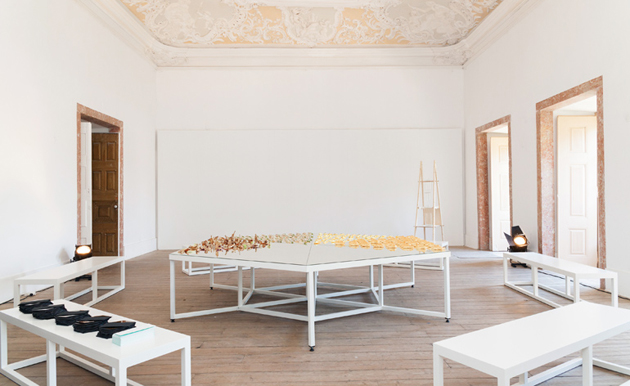
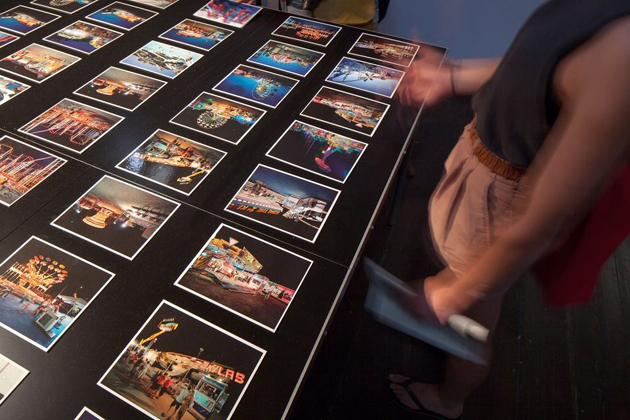
The third project, titled “The Institute Effect”, invites 12 different international organizations who actively deal with curation, research and promotion of architecture, to engage with a changing stream of activities held over 13 weeks, which will range from talks, debates and performances to exhibitions, hands-on workshops and projections. Lastly, “New Publics”, possibly the most challenging and yet most interesting part of “Close, Closer” is structured on an open stage placed on Praça da Figueira square in Lisbon as a physical platform designed to host presents a radically new programme of open-air sessions, speeches, workshops and guerrilla urban interventions. The programme frames voice as the main medium through which we create civic spaces and explores the theatrical public enactment of inspiring statements to reach broad and diverse audiences, whose success or failure will possibly also highlight the success or failure of “Close, Closer” itself.
